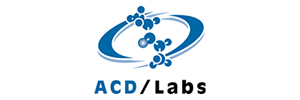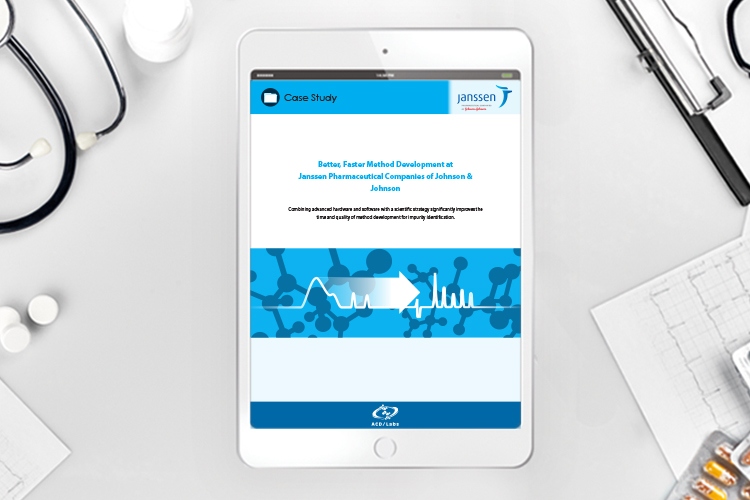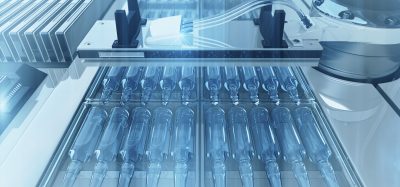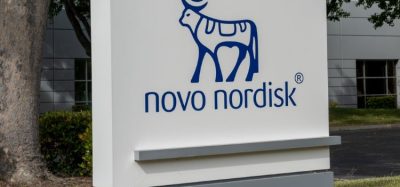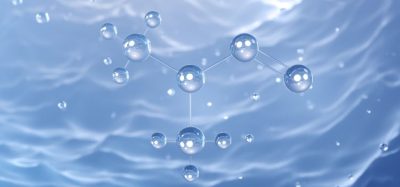Case study: Better, faster method development at Janssen Pharmaceutical Companies of Johnson & Johnson
Posted: 16 June 2020 | ACD/Labs | No comments yet
Combining advanced hardware and software with a scientific strategy significantly improves the time and quality of method development for impurity identification.
In 1997, the state-of-the-art in small molecule method development for impurity identification at pharmaceutical companies was trialand-error. Janssen Pharmaceutical Companies of Johnson & Johnson was no exception. Typically, a column was chosen at random and the other chromatographic parameters—such as composition mobile phases, pH, buffer, column temperature, and gradient—were also selected at random and adapted in several experiments.
This step-by-step process required manual raw-data evaluations of multiple chromatographs. It was very complex, very time-consuming, and resulted in a method that was, by definition, not the optimum separation.



